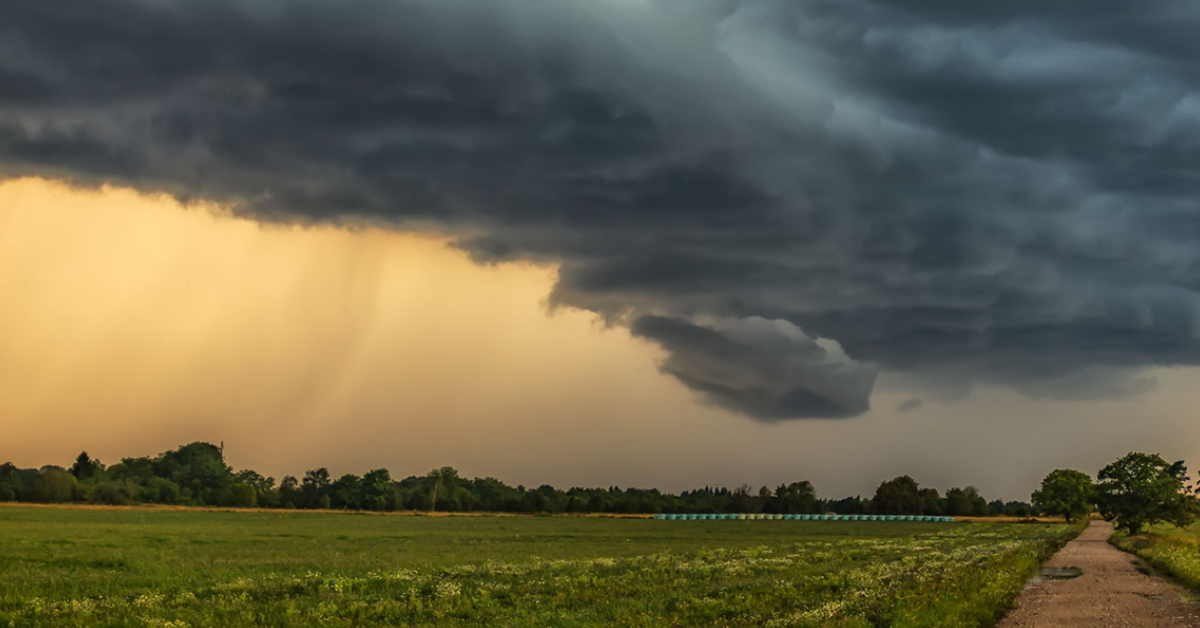Get Ready Before Severe Weather Strikes

The United States is quite prone to severe weather. Thunderstorms, lightning, high winds, tornadoes, hail, and flooding can all bring the wrath of Mother Nature to the doorstep in short order. That is why Safe Electricity urges you to get ready now—before severe weather strikes.
Take the time to make plans with your family to be ready for any foul weather that might come your way. Erin Hollinshead, executive director of the Safe Electricity program says, “Making plans now just might save lives when floodwaters are rising or a tornado is bearing down on your home.”
Assemble necessary supplies for a potential outage. Your emergency preparedness kit should include items such as water, food, flashlight, batteries, blankets, and a first aid kit. A full list of suggested items can be found at SafeElectricity.org.
The National Weather Service also recommends that you:
- Know the county you are located in and nearby towns and cities. Warnings are issued by county and reference major cities.
- Know the difference between a severe thunderstorm watch and warning. A watch means there is the possibility of storms in your area. A warning means a storm has been reported or is imminent and you should take cover.
- Check the forecast and the hazardous weather outlook.
- Watch for signs of an approaching storm.
- Turn on a weather radio or an AM/FM radio for information if a storm is approaching.
- Stay inside if you know a storm is headed your way.
The best policy is to plan ahead so you do not get caught outside in a storm. Lightning can strike up to 10 miles from the area in which it is raining, even if you do not see clouds. This means that if you can hear thunder, you are within striking distance.
If you are inside, stay inside. Stay away from windows and go to the lowest level of your home. Unplug unnecessary appliances and don’t use corded phones. Cordless and cellular phones are safe.
If you do get caught outdoors during a thunderstorm and are unable to take shelter in a building, try to take shelter in an enclosed vehicle with a hard-top roof—not an open-frame vehicle like a convertible or golf cart. Do not seek shelter under or stand near trees, canopies, small picnic or rain shelters, fences, or poles. Avoid water, high ground, and open spaces.
Most severe storms do not last more than 30 minutes. However, once the storm has passed, it does not mean that the danger has. There could be a variety of hazards left behind. Hollinshead reminds us, “Never touch downed power lines or objects in contact with those lines. Just because power lines are damaged does not mean that they are dead.”
Touching a downed line or something that it has fallen over, like a fence or a tree limb, could get you injured or killed. Stay away, and instruct others to do the same. If you come across downed power lines, call 911 and your utility immediately.
Other things to consider after the storm:
- If you are inspecting your home in the dark, use a flashlight rather than a candle or some other open flame to avoid the risk of fire or explosion due to a gas leak.
- Never enter a flooded basement if electrical outlets are under water. The water could be energized.
- If you see frayed wiring or sparks or if there is an odor of something burning, shut off the electrical system at the main circuit breaker if you know how and can do so safely.
- If you smell gas, or suspect a leak, get out of the house. Call 911, and notify your gas utility immediately.
Take the time to prepare now, and pay attention to weather alerts to keep you family safe. Find more information on electrical and severe weather safety at SafeElectricity.org.
Are you experiencing an outage?